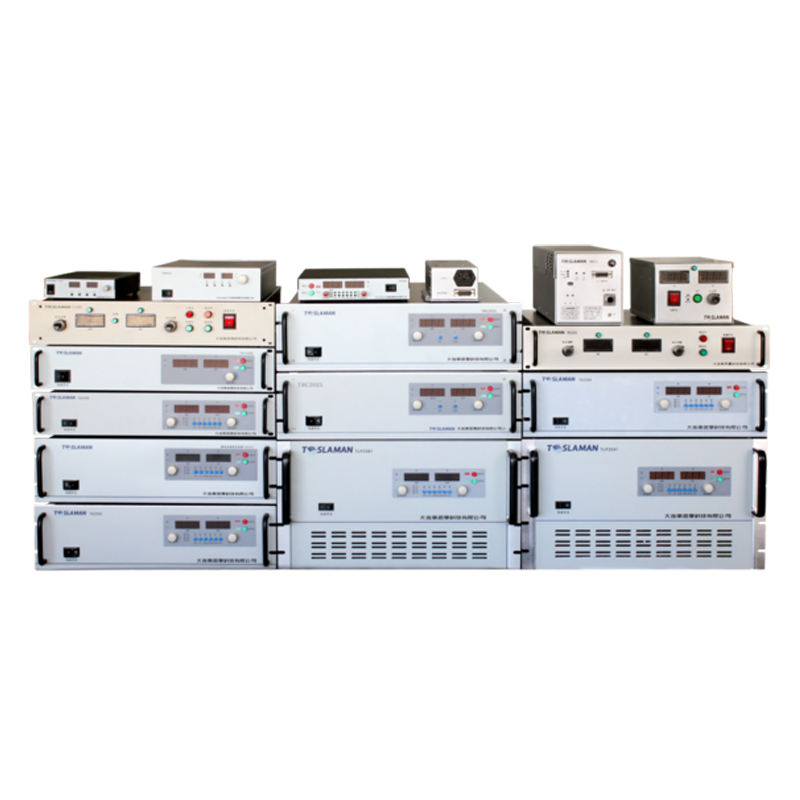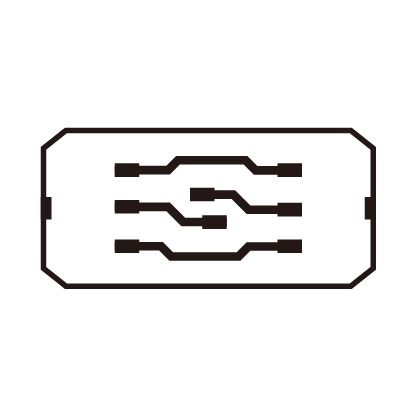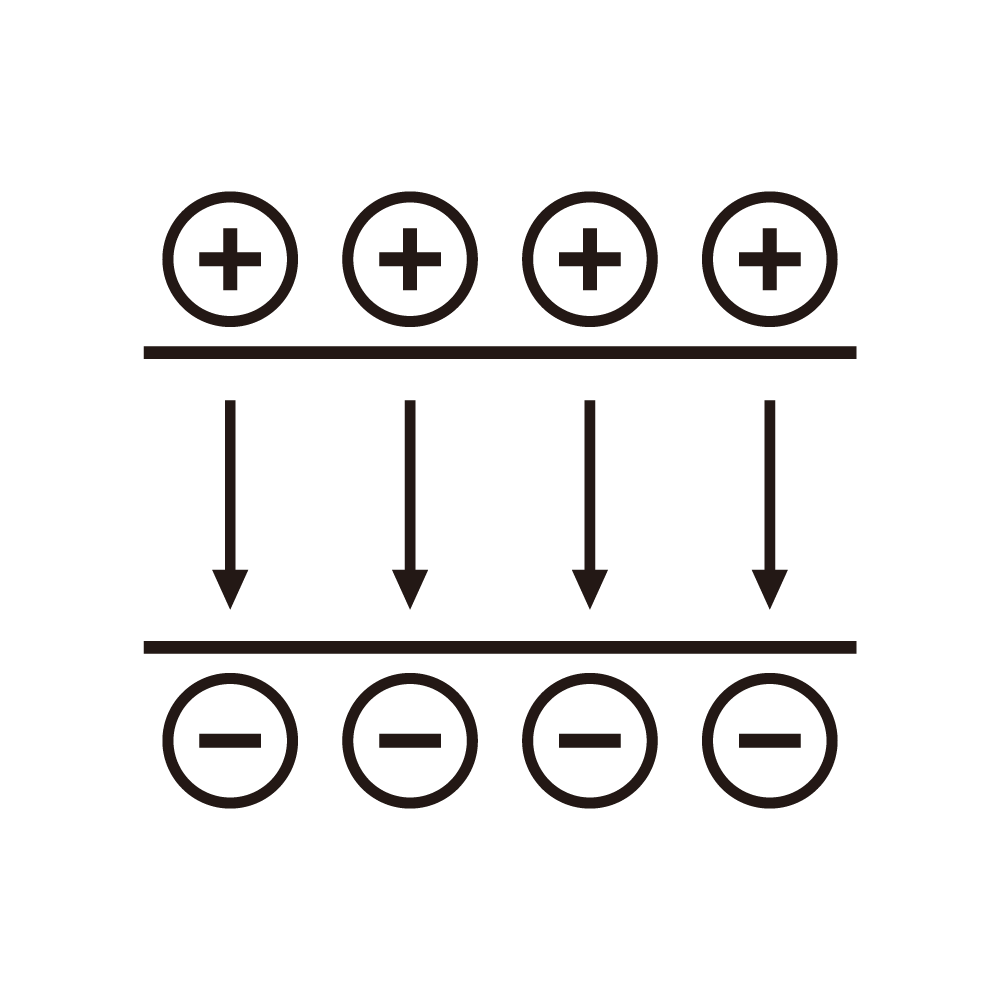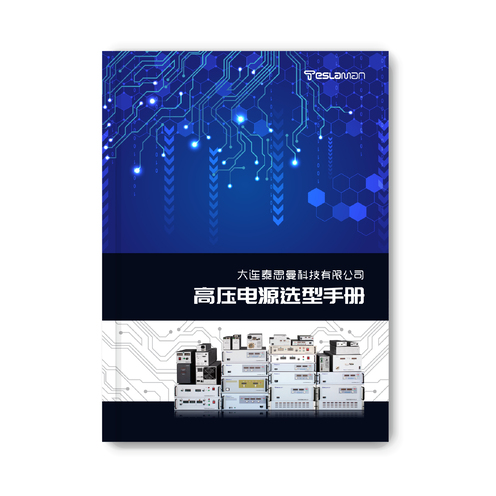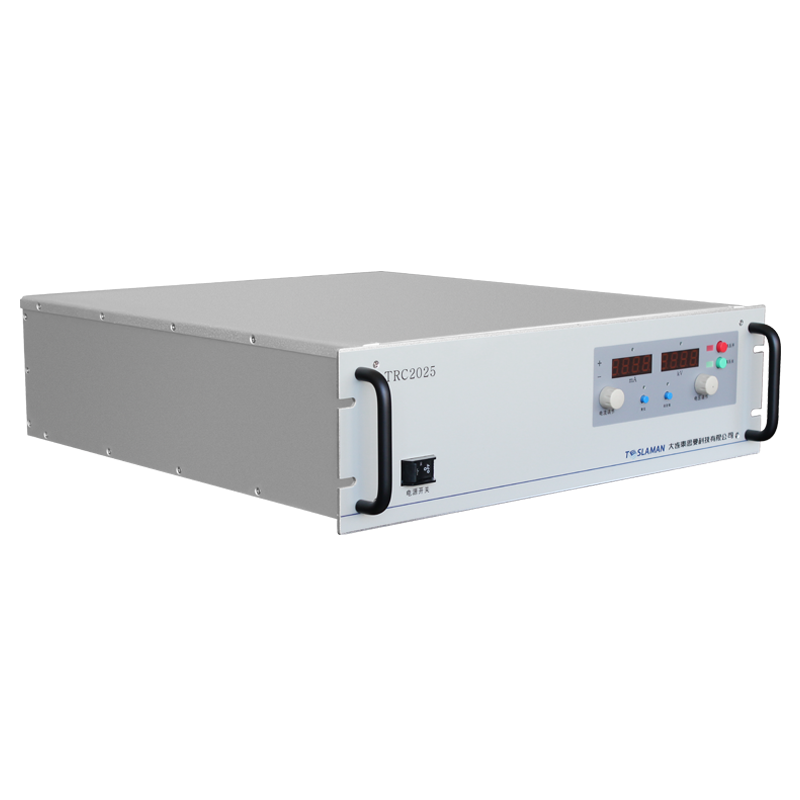The Structure of High-Voltage Power Supplies for Neutron Accelerators
In modern scientific research and technological applications, neutron accelerators play a crucial role. The high-voltage power supply, as a core component of the neutron accelerator, directly determines the performance and stability of the accelerator. Understanding the structure of the high-voltage power supply for neutron accelerators is of great significance for optimizing the performance of the accelerator and expanding its application fields.
The core structure of the high-voltage power supply for neutron accelerators mainly includes the following key parts:
Rectification and Filtering System: This is the initial stage of the high-voltage power supply, and its function is to convert the input alternating current (AC) into stable direct current (DC). In this process, the rectifier arranges the positive and negative half - cycles of the AC through a specific circuit structure to make it a unidirectional DC. However, the DC at this time still has certain fluctuations and needs to be further smoothed by a filtering circuit. The filtering circuit is usually composed of components such as capacitors and inductors, which can effectively reduce the voltage ripple and provide a stable DC input for the subsequent circuits.
Voltage Regulation and Stabilization System: To meet the precise voltage requirements of the neutron accelerator under different working conditions, the high-voltage power supply needs to have flexible voltage regulation and stabilization functions. The voltage regulation system can achieve continuous adjustment of the output voltage by changing parameters such as resistance, inductance, or capacitance in the circuit. The voltage stabilization system can automatically adjust the output voltage to maintain it near the set value when the grid voltage fluctuates or the load changes. Common voltage stabilization technologies include linear voltage regulation and switching voltage regulation, each with its own advantages and disadvantages, and specific needs should be considered in practical applications for selection.
High-Voltage Transformer: As one of the key components of the high-voltage power supply, the high-voltage transformer is responsible for raising the lower DC voltage to the high voltage required by the neutron accelerator. Its working principle is based on the law of electromagnetic induction, and the voltage transformation is achieved through the coupling between windings with different turns. The design and manufacture of high-voltage transformers need to consider many factors, such as insulation performance and electromagnetic compatibility, to ensure that they can operate safely and reliably under high-voltage and high-power working conditions.
Control System: The control system is the "brain" of the high-voltage power supply. It is responsible for monitoring and adjusting various parameters of the power supply to ensure its normal operation. By collecting signals such as voltage and current in real-time through sensors, the control system can accurately judge the working state of the power supply and make corresponding adjustments according to the preset program. At the same time, the control system also has fault diagnosis and protection functions. When abnormal conditions are detected, it can take timely measures to avoid equipment damage and safety accidents.
In addition to the above - mentioned core parts, the high-voltage power supply for neutron accelerators also includes some auxiliary systems, such as the cooling system and the grounding system. The cooling system is used to remove the heat generated by the power supply during operation and ensure the normal operating temperature of the equipment; the grounding system is to ensure the safety of personnel and equipment by reliably connecting the metal shell of the power supply to the ground.
The structure of the high-voltage power supply for neutron accelerators is a complex and precise systems engineering. All parts cooperate with each other to jointly provide a stable and reliable high voltage for the neutron accelerator. With the continuous progress of science and technology, the performance and reliability of high-voltage power supplies are also constantly improving, providing strong support for the wide application of neutron accelerators in fields such as materials science, life science, and nuclear energy research. In the future, with the continuous improvement of the performance requirements for neutron accelerators, the structure and technology of high-voltage power supplies will also continue to innovate and develop.
